Amish buggies are a common sight in many rural areas, but what do you really know about them? These traditional horse-drawn carriages have a rich history and cultural significance within the Amish community. In this guide, we'll explore the design, purpose, and unique features of Amish buggies
Amish buggies are an important symbol of separation from the rest of the non-Amish world. The buggy keeps the average Amish tethered close to home and encourages a more pastoral, peaceful existence.
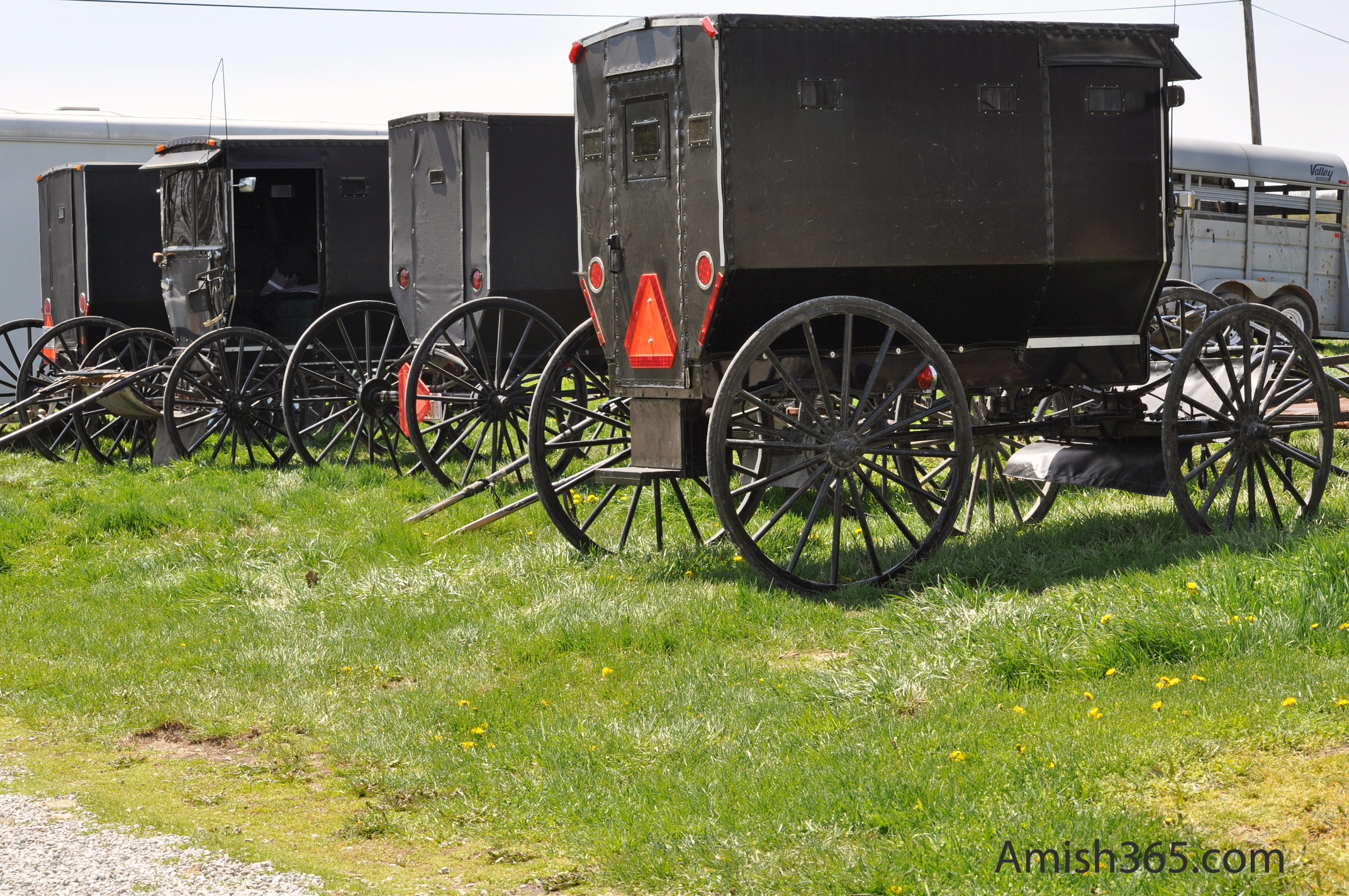
📋 The Role of Buggies in Amish Culture
Buggies play a significant role in Amish culture, serving as a symbol of their commitment to simplicity and separation from the modern world. The use of horse-drawn transportation is seen as a way to avoid the temptations and distractions of modern technology, and to maintain a connection to the land and the community. Buggies are also a practical mode of transportation for the Amish, allowing them to travel to work, school, and church without relying on cars or public transportation.
But for such an important element of Amish culture and religious reasons, the buggy is largely misunderstood by outsiders. It's actually a fairly sophisticated piece of equipment and it is steeped in tradition, history, and mystery. We'll unpack some Amish buggy basics in this post.
🎨 Amish Buggy Colors
When most people - myself included - think of horse-drawn Amish buggies, we imagine charcoal-black carriages clattering down rural roads. And that is, in most cases, what you'll see when you go to Amish country.
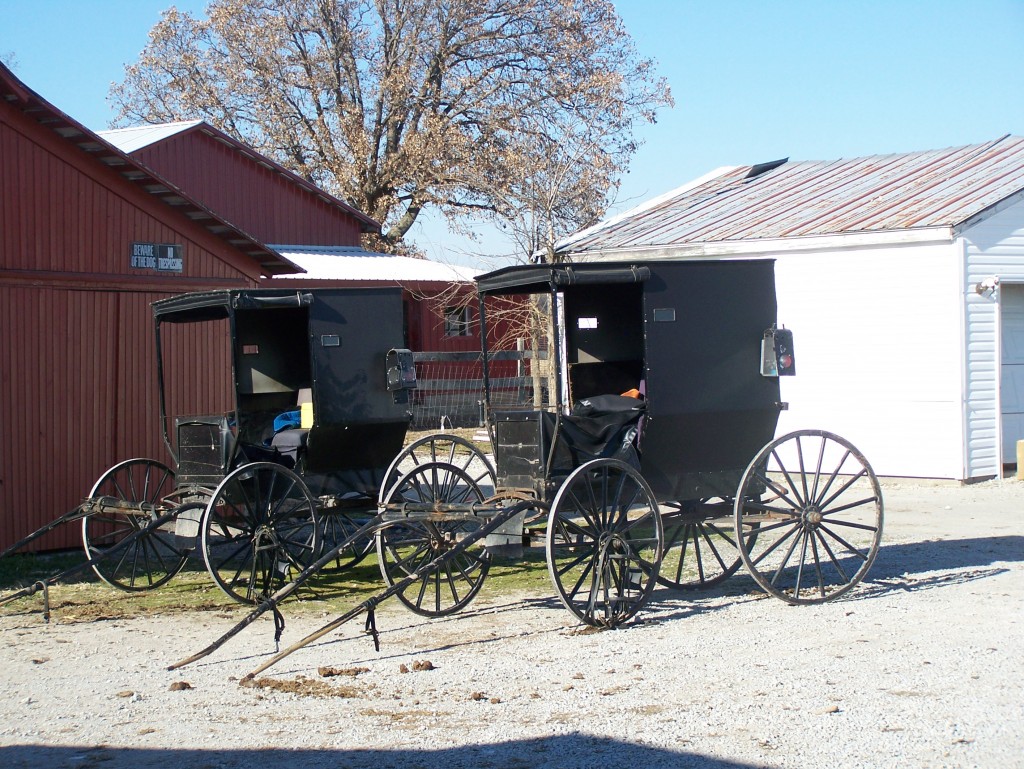
These buggies pictured above are very traditional black, seen in Hardin County, Ohio. Almost 80 percent of all Amish buggies are black.
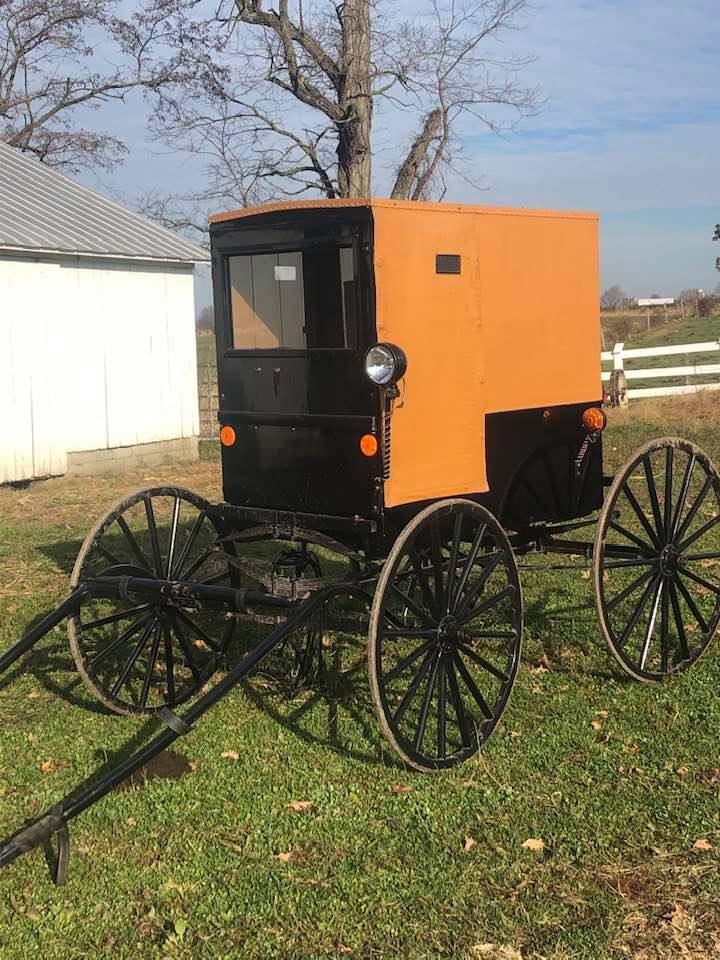
But there are various Amish churches, for reasons of religion and tradition, that adhere to different colors. I've shown photos of New Wilmington, Pennsylvania and Cuba Lake, New York's chocolate-colored buggies. There are 5 basic buggy colors:
Black, Brown, Gray, White, and Yellow.
There are some Amish communities - primarily in Pennsylvania - that drive snowflake-white colored buggies and, yes, there is even one small group of Amish that use "butter buggies," (their color being the bright yellow of home-churned butter).
I've never actually seen a butter buggy, but I can imagine that they'd be much more difficult to miss on the roads, that is for sure.
The white-topped buggies belong to the ultra-conservative "Nebraska Amish" (who actually live in Pennsylvania), and the butter buggies belong to the very conservative "Byler Amish" group. Here's an interesting article that gives a bit more history and background about the various Amish groups living in what is known as the "Big Valley" of Central Pennsylvania.
Have you ever encountered one of the white or yellow buggies? Any other colors?
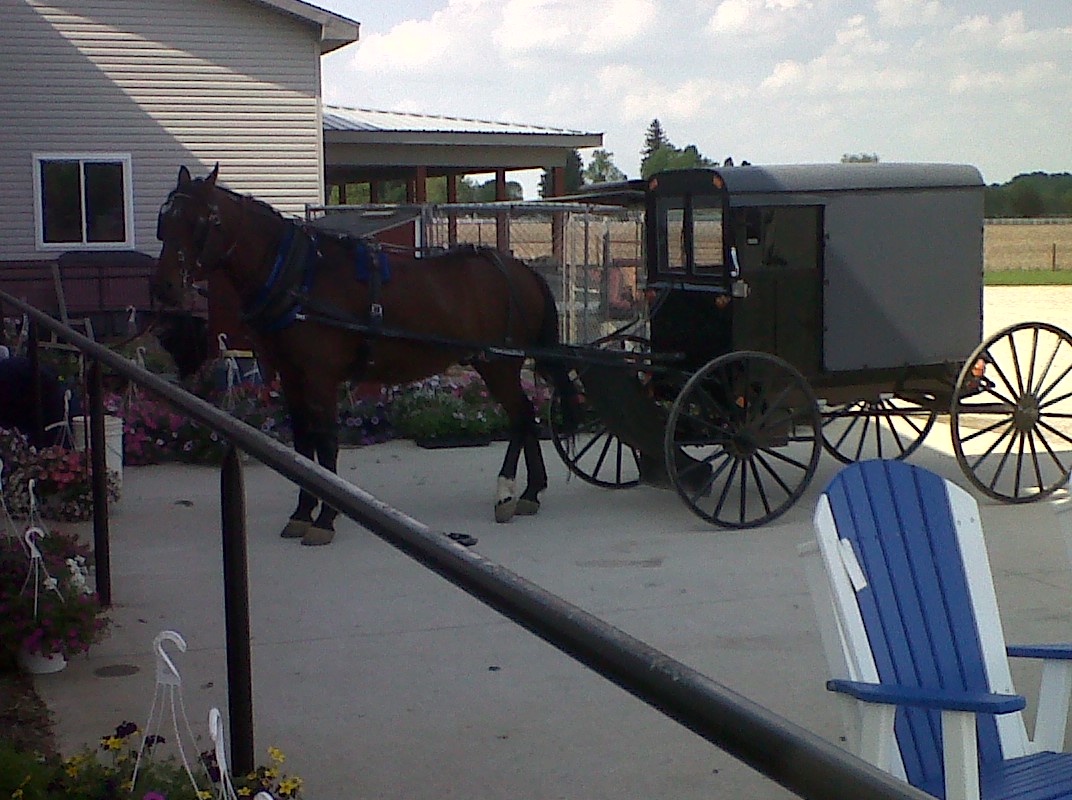
Gray-topped buggies, by the way, are quite common in Lancaster County Pennsylvania. The gray-topped buggy shown here was one I actually photographed in Wayne County, Indiana, but that group moved to the area from Lancaster County, Indiana. So as Amish settlements grow and church members redistribute geographically, you increasingly see a patchwork of buggy colors in different communities based on the historical ties of each.
💰 How Much Does a Buggy Cost?
The cost of an Amish buggy can vary depending on a number of factors, including the make and model, the materials used, and the level of customization. However, in general, a new Amish buggy can cost anywhere from $4,000 to $10,000. Inflation has not spared the buggy.
Here are some of the factors that can impact the cost of an Amish buggy:
- Make and model: There are a number of different Amish buggy manufacturers, and each one offers a variety of different models. The make and model of the buggy can have a significant impact on the price.
- Materials: Amish buggies can be made from a variety of materials, including wood, metal, and fiberglass. The material used can also affect the price.
- Level of customization: Amish buggies can be customized to a variety of different specifications. The level of customization can also affect the price. For instance, there are some Amish who have physical handicaps that a buggy may need to be customized to accommodate, such as wheelchair lifting.
In addition to the cost of the buggy itself, there are also a number of other costs associated with owning an Amish buggy, such as the cost of the horse, the cost of feed, and the cost of maintenance.
Overall, the cost of an Amish buggy can be significant. However, for many Amish people, the cost is worth it to have a reliable and efficient mode of transportation.
Some banks and credit unions in Amish country even offer "buggy loan" products. In a culture where owning automobiles is still generally taboo, the buggy is essentially an Amish automobile. Many members of the Amish community have access to several different buggies of varying sizes, from small two-seater carts for quick errands to larger, more spacious family carriages.
👮 Buggy Accidents
There are a number of factors that contribute to Amish buggy accidents. Some of the most common causes include:
- Driver error: Amish buggy drivers are often inexperienced and may not be familiar with the rules of the road. They may also be driving in unfamiliar areas, which can increase the risk of an accident.
- Horses: Horses can be unpredictable and may spook easily. If a horse spooks, it can easily lose control of the buggy, leading to an accident.
- Weather: Bad weather conditions, such as rain, snow, or fog, can make it difficult for drivers to see buggies, which can increase the risk of an accident.
- Speed: Amish buggies are often driven slowly, which can make them more difficult to see and maneuver. This can increase the risk of an accident, especially when buggies are sharing the road with faster-moving vehicles.
- Inattention: Drivers of both buggies and other vehicles may be inattentive, which can increase the risk of an accident. This is especially true when drivers are distracted by things like cell phones or other electronic device
The slow speed of Amish buggies make them an easy, unintentional target. When cresting hills in Amish country in your car, slow down and pay attention. If a buggy is just over the hill top and you are speeding, it could lead to a tragic rear-end collision.
Sun is another factor. If you are driving into a rising or setting sun, the brightness can obscure a slow-moving buggy until you are right on top of it. Ditto for fog which can greatly obscure visibility.
Buggies at night are another common hazard. The reflective tape and blinking lights on buggies can be difficult to discern at night.
Left turns can also create hazards. There are many conflicting traffic patterns when left turns are involved in any Amish site those as one of the most dangerous situation, especially during busy
Everett Burkholder, an Old Order Mennonite buggy maker in Dayton, Virginia, talked to me for a long time about the craft of buggy making when I visited him a decade or so ago. He has been making buggies for almost 50 years, and some of the first buggies he made can still be found on the roads. If taken care of, well-crafted buggy can last many decades.
A lot of engineering goes into a buggy, and interestingly, he told me that a good buggy maker will make a buggy so that it collapses upon impact in a crash. He says that you want to be thrown if you’re in a buggy crash, unlike in a car crash where being thrown is the last thing you want. If you are riding a buggy and a 2-ton car smashes into you, being thrown is probably your best hope for survival. Otherwise, you’ll get smashed by the car. If you were belted into the buggy, you wouldn’t stand a chance. So the buggy is designed to splinter and eject and throw the passenger and driver, hopefully into some soft grass.
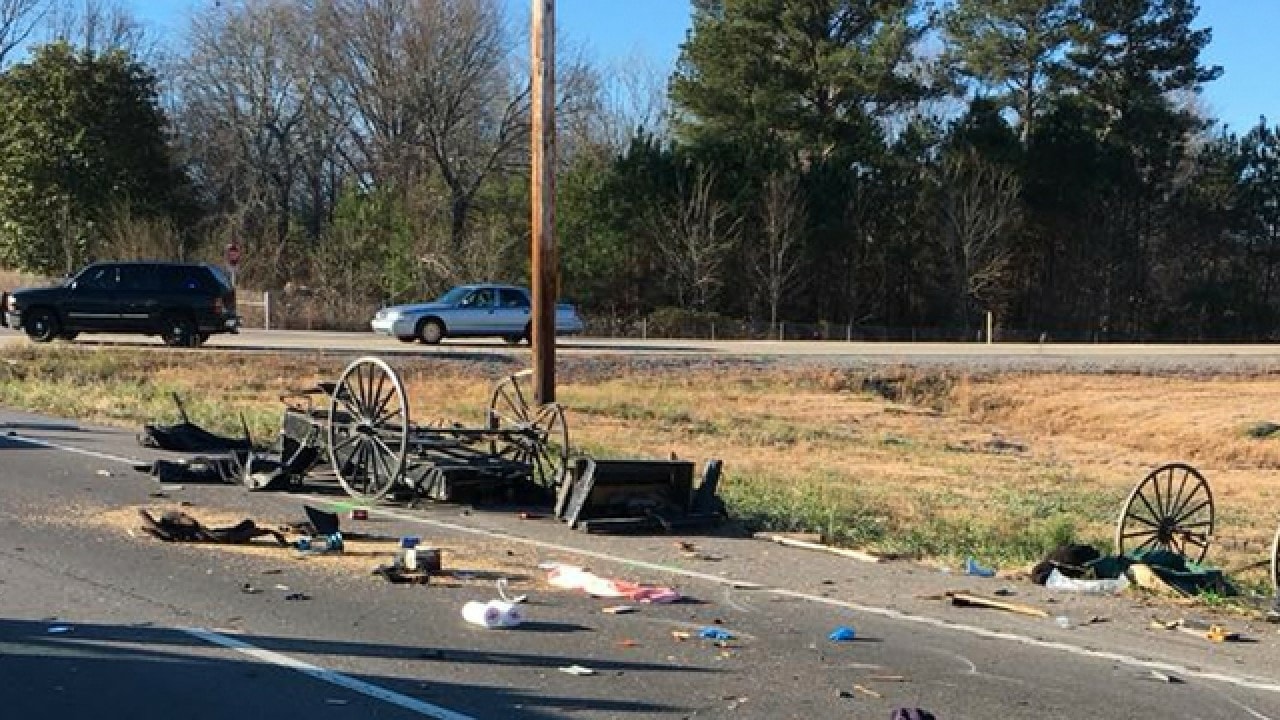
🐎 Buggy Rides
I’ve been lucky enough to have many buggy rides over the years in many different Amish communities from friends that I’ve made. Those are the best experiences. But, most people don’t have those connections. Here is one of the buggy rides I've taken.
Still, there are places where you can get a pretty authentic buggy experience.
Aaron & Jessica's Buggy Rides on Old Philadelphia Pike in Lancaster County is one of these places. Also, one I’ve used is Abe’s Buggy Rides. Each place gives you and a couple of other passengers a nice tour and taste of the surrounding Lancaster County countryside. And in most cases you’ll get a knowledgeable guide that can teach you about Amish culture along the way.
I was a little skeptical before I signed up at Abes buggy rides, but I just wanted to see what one of these tourist services it was like. And I was pleasantly surprised. Really, the buggy experience was almost the same, just not quite as authentic. But pretty darn close. And the fact that you have a guide that can teach you about Amish culture and customs is a bonus.
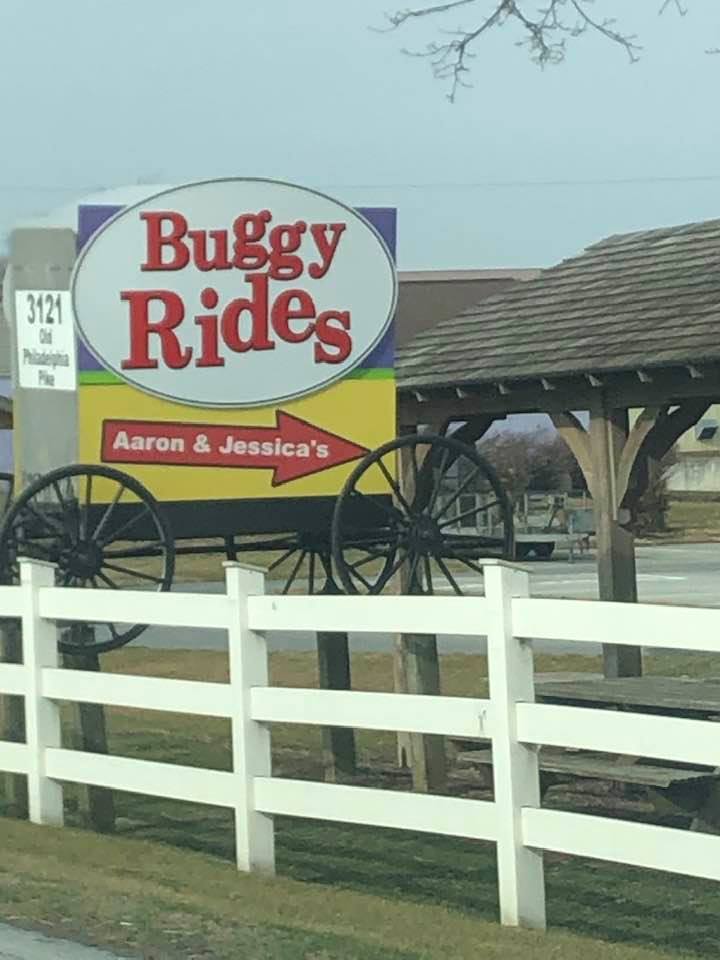
🚃 Inside an Amish Buggy
The inside of an Amish buggy is typically very simple. It consists of a bench seat that runs along the sides of the buggy, with a driver's seat in the front and a passenger seat in the back. The seats are usually made of wood or metal, and they are often covered with a soft material, such as cloth or leather. The buggy also has a roof to protect passengers from the elements.

Buggies in Adams County, Indiana are open (without a roof) and those get exposed to the elements much more. Enclosed buggies can feature plush interiors with padded seats. Blue plush is a favorite color.
In addition to the seats, the inside of an Amish buggy may also have a few other amenities, such as:
- A storage area for luggage or groceries
- A light for nighttime driving
- A turn signal
- A brake
It is also not uncommon, especially among young Amish people to "personalize" a buggy with bling or swag.
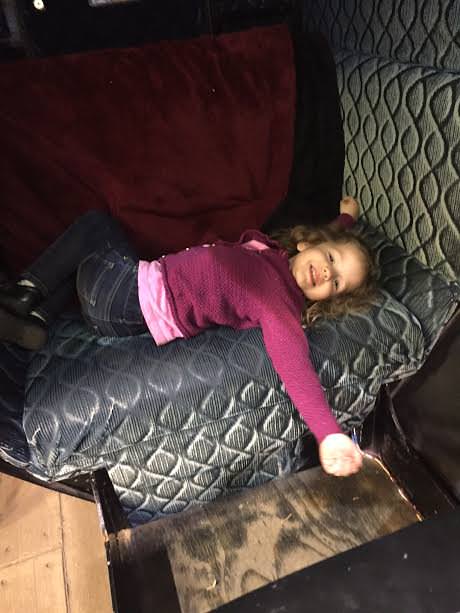
❓ FAQ Buggy Questions
The most common color is black. But some communities have brown, white, grey, and even yellow buggies!
About $7000 - $10,000 new. Inflation is edging costs upward. Custom buggies can go as high as $15,000. Used buggies can be bought much cheaper.
Depends on the horse! Many Amish do buy retired thoroughbred horses from auctions and they provide a nice burst of speed. The average is 8 to 10 mph.
Depends on the church district, some allow them, others allow only metal tires.
Yes, the higher end models have battery-powered wipers!
This varies from state to state. In Indiana, for instance, Amish buggies are required to register with the state and purchase plates for displate. The funds from plate purchase help with road up keep from horse hooves damaging asphalt. Pennsylvania and Ohio, two states with large Amish populations, do not require license plates
Most Amish don't want to get plowed into by a car and willingly comply with safety best practices by displaying a slow-moving vehicle emblem. Some states like Pennsylvania require the emblem. Ohio requires flashing lights at night on buggies .

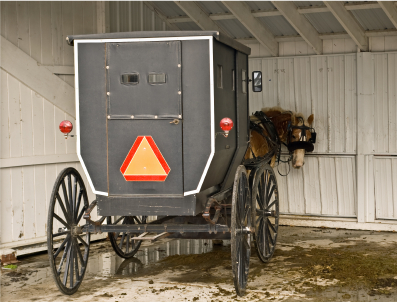
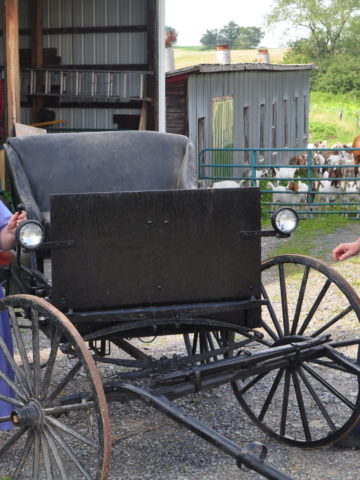
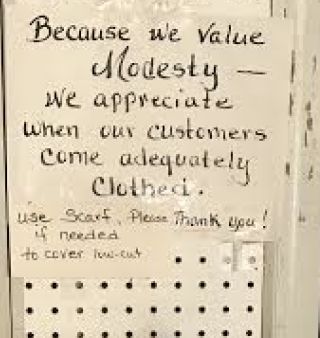

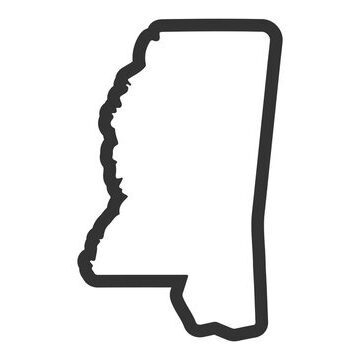
Linda Bolt
Interesting. Never knew about the yellow butter buggies before.
So, is "very conservative" less conservative than "ultra-conservative"?
Kevin
Yes, Linda....good eye on my wording..ultra-conservative is a touch more so that "very conservative"...at least in my book:)
Tom
Kevin,
I believe that there are "Nebraska or Yoder Amish" in Andover Ohio.
Heather D.
Kevin,
The pictures of the white and butter colored buggies came from Dawn Eshbach.
Thanks. 🙂
Kevin
Thanks, Heather - and Dawn - never like to use someone's name without permission, but also like to give credit where credit is due. Great pics!
Cindy Grey
Do Amish pay any type of buggy tax for using the roads that gas tax help maintain?
Kevin Williams
In Indiana, there is a license plate tax on Amish to help pay for roads...In other places, the Amish do purchase taxes gas for purposes like home heating, etc, and the Amish do pay sales tax, income tax, etc,but Indiana is the only state I am aware of that has a fee (license plates) help with road maintainence.